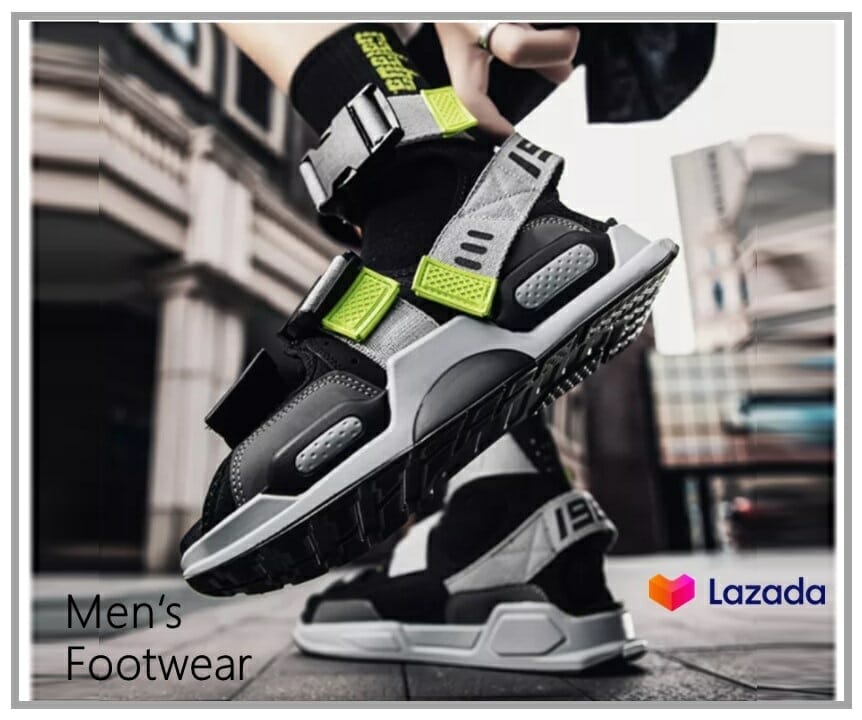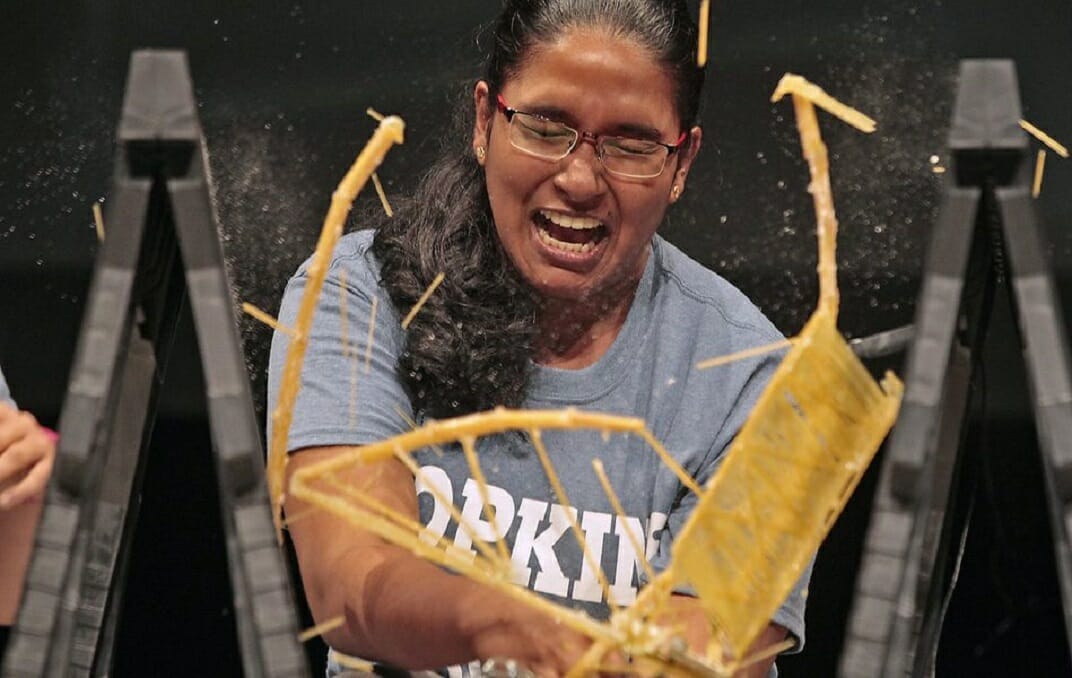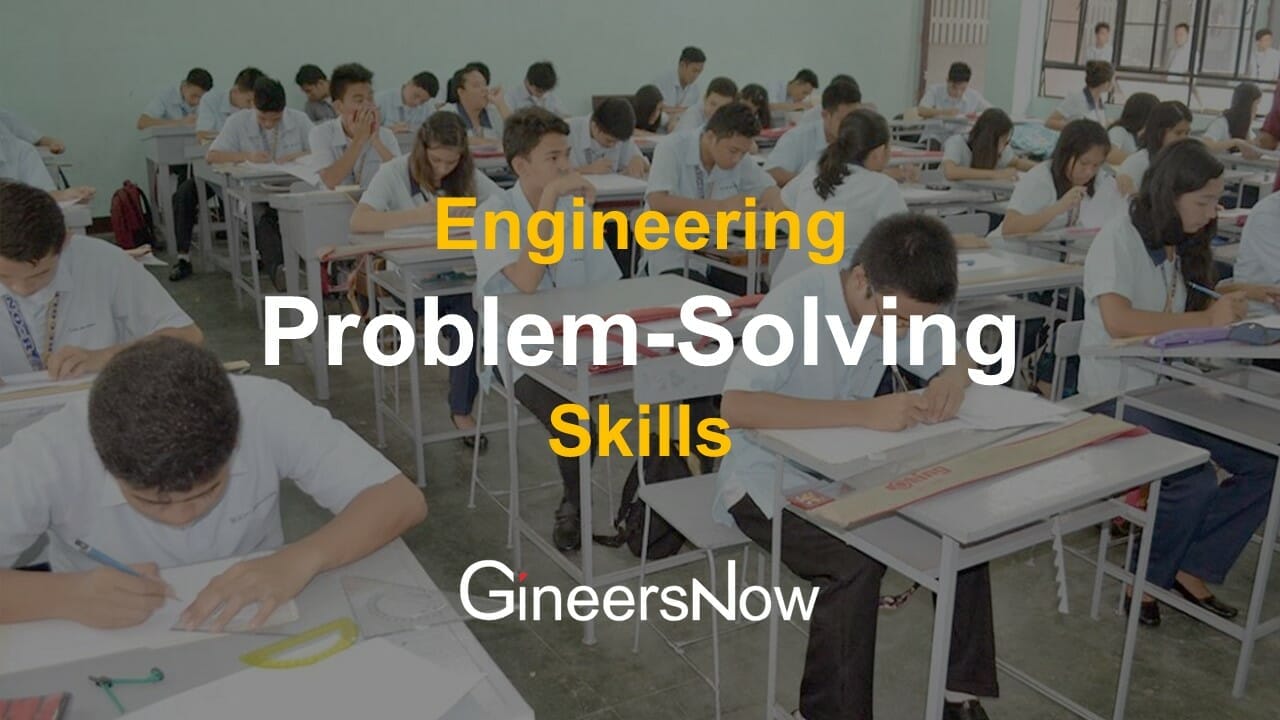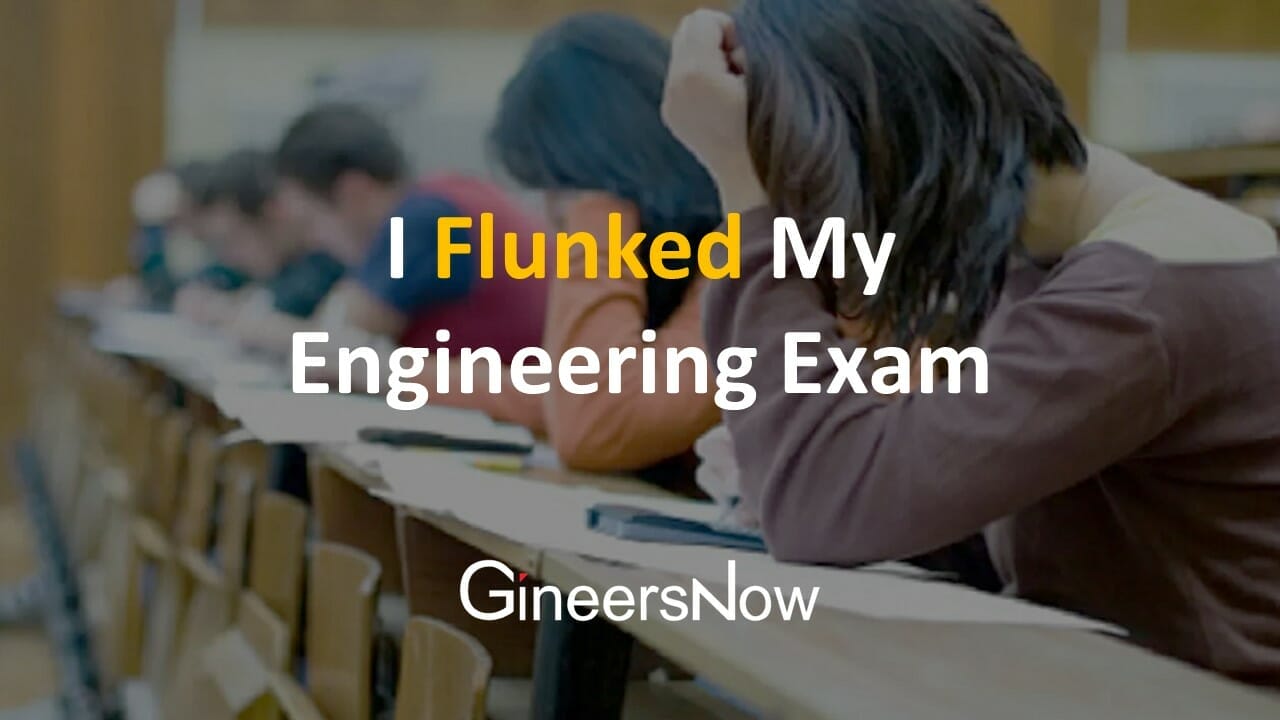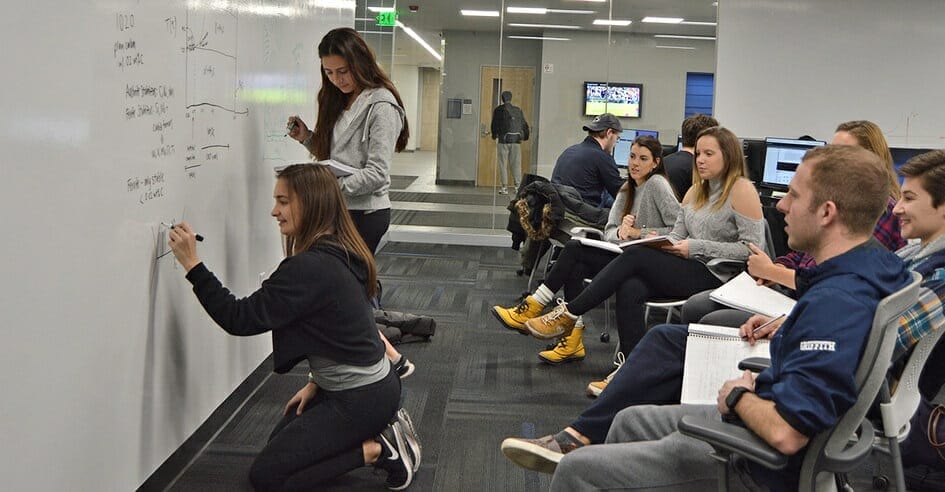Hyperloop doesn’t ring a bell to most of us. But you need to know that this might be the future’s mode of transportation.
Hyperloop consists of a low pressure tube with capsules that are transported at both low and high speeds throughout the length of the tube. The capsules are supported on a cushion of air, featuring pressurized air and aerodynamic lift. Ideally, this would be almost weatherproof and powered by solar panels fixated atop the structure.
The total one-way trip time is 35 minutes from county line to county line. The system consists of capsules that travel between Los Angeles, and San Francisco in California.
In layman’s term, it is a high-speed, low-cost train.
This idea was conceived in 2013, upon the approval of California high-speed rail but had issues in its speed and cost. To gauge ideas for this new high-speed transportation system, SpaceX and Tesla Motors CEO Elon Musk launched the SpaceX Hyperloop Pod Competition.
The competition was very well received by Drexel students who formed a 87-person team along with their advisor, Dr. Ajmal Yousuff.
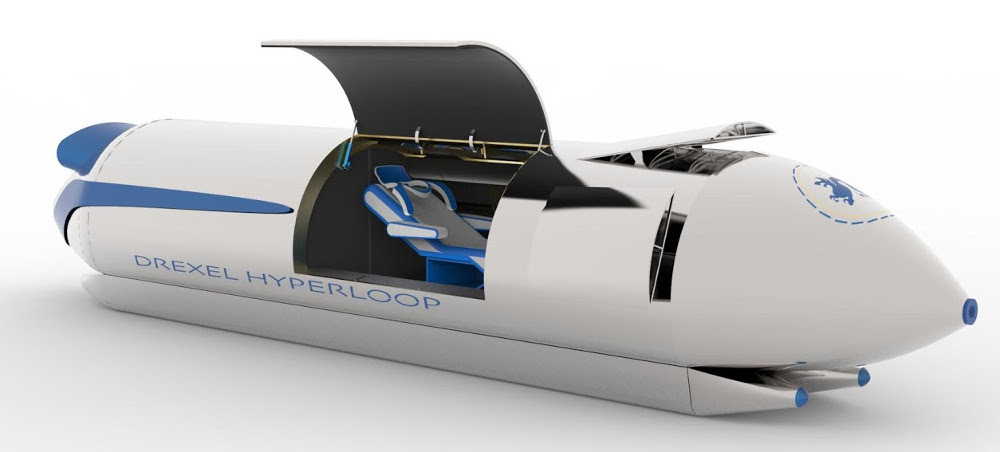
One of the students, Freddy Wachter, leads one of the 300 remaining teams out of 1,200 applications. His team was elected to design one of the pods that would travel through the Hyperloop. What’s special about his model is that his idea involves air bearings instead of installing the conventional wheels on the pods, like other entries in the competition. The air bearing concept would levitate a pod just so it is barely off the ground, like a puck that travels across an air hockey table. That’s basic thermodynamics.
At Texas A&M by the end of January 2016, the Drexel team is set to meet potential investors to fund their pod construction, which costs at around $60,000-$70,000. All they have to do is sell their product to convince the investors that their product is worth their money.
They need the funding so that they will have to test their pod in a mile-long Hyperloop track at the SpaceX headquarters come summer of this year. Else, all of these will just be an idea.




